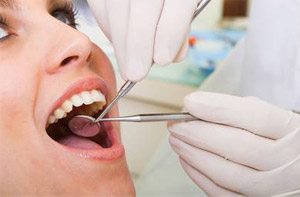
Sometimes, orthodontic treatment may require tooth extraction. If the teeth cannot fit properly in the jaw, and other solutions would lead to more problems than the teeth being removed, your doctor may consider tooth extraction as an option. Depending on the severity of the case, one, two, three, or four teeth may need to be extracted. In cases where only a single tooth is removed, symmetry issues may arise at the end of treatment. For example, if a tooth is extracted from one side of the mouth but not the other, slight asymmetry may occur. However, this is usually subtle and only noticeable to you and your doctor.
Most orthodontic disorders are caused by a mismatch between the size of the teeth and the size of the jaw. Often, a small jaw structure is inherited from one parent, and large teeth from the other, leaving insufficient space for the teeth to align properly. If the problem is not too severe, treatments like jaw expansion or interproximal reduction (filing) are used to create space, as demonstrated in the video section. However, in more severe cases, tooth extraction may be necessary.
There have been numerous scientific studies conducted on the need for tooth extraction in orthodontic treatment. While the results vary, approximately 30-40% of patients undergoing orthodontics may require tooth extraction.
In treatments involving tooth extraction, the first premolars are typically removed. This is because these teeth are usually located near the crooked areas, there are two on each side of the jaw, and their removal does not cause significant aesthetic concerns. The space created by the extractions is used to straighten the crooked teeth, and the remaining gaps are closed by moving the back teeth forward during treatment.
In cases where there is severe space limitation, extraction becomes mandatory. When determining the need for extraction, various factors such as the patient's facial proportions, tooth-lip support, bite alignment, and the presence of wisdom teeth are also taken into account.

 Türkçe
Türkçe English
English

Contact Form